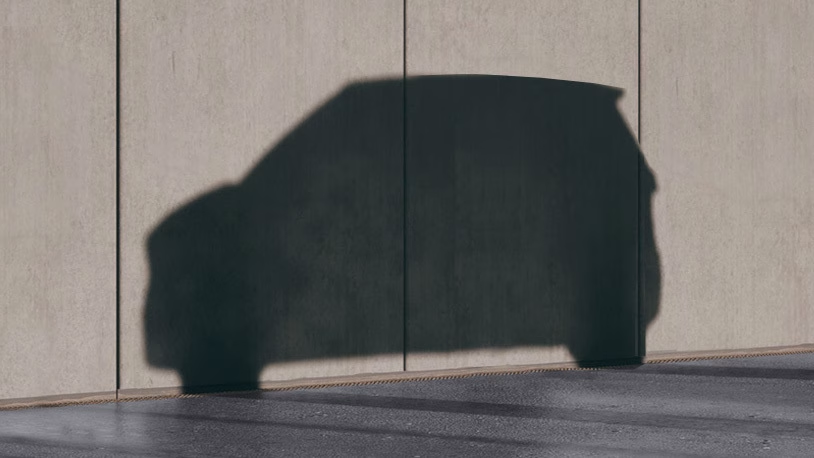Why is Smart Bringing Back the ForFour as the #4?
If you’ve been following the compact EV scene, you might’ve noticed a familiar name making a quiet comeback: Smart’s ForFour. After bowing out in 2021, the ForFour is set to return, but this time it’s wearing a new badge—the #4. So, why the revival, and what’s driving Smart’s decision to expand its lineup now?
The answer, in part, is simple economics. Dirk Adelmann, CEO of Smart Europe, put it plainly at the Munich Motor Show: economies of scale matter. By sharing a platform between the upcoming #2 (the next-gen ForTwo) and the #4, Smart can spread development costs, streamline production, and offer more choices to city dwellers who want something practical but still nimble. The original ForFour was essentially a stretched ForTwo, and that DNA is coming back, but with a modern twist.
How Will the New #4 Differ from the Old ForFour?
The last ForFour was a quirky, ultra-compact four-seater that never quite hit mainstream success, partly because it felt like an afterthought—a ForTwo with extra doors. This time, Smart is taking a different approach. The #4 will be built on a brand-new platform co-developed by Geely in China and Mercedes in Europe. That’s a big deal. It means the new car isn’t just a stretched version of something else; it’s designed from the ground up for European tastes and urban realities.
Adelmann hinted that the hardest part was making the platform small enough for the #2. Expanding it for the #4? Much easier. Expect a car that’s compact, but not cramped, with a turning circle tight enough for the trickiest city parking spots. And while specs are still under wraps, there’s talk of a dual-motor setup—suggesting zippy performance and maybe even all-wheel drive, a rarity in this segment.
What’s the Competition for the Smart #4?
Smart isn’t relaunching the #4 into a vacuum. The small EV market is heating up, with rivals like the upcoming Renault Twingo EV and Volkswagen’s ID.Every1 concept both vying for attention. These cars are all gunning for the same urban audience: drivers who want something affordable, efficient, and easy to live with in tight European cities.
The #2 will stand alone as a two-seater in the A-segment, but the #4 will have to carve out its own niche among these new four-seaters. Smart’s edge? That Mercedes-Geely platform and a focus on European driving habits. If they get the pricing and range right, the #4 could be a real contender.
How Does the New Platform Change the Game?
Let’s talk tech for a second. In the past, Smart’s models were largely engineered by Geely in China. This time, Mercedes’ European team is deeply involved. Why does that matter? European cities have unique demands: narrow streets, strict emissions rules, and drivers who expect a certain level of refinement even in tiny cars.
A collaborative platform means the #4 should feel more at home in Paris or Berlin than ever before. It’s not just about size—it’s about ride quality, safety features, and the kind of tech that urban drivers expect. Think advanced driver assists, over-the-air updates, and perhaps even some clever storage solutions for city life.
Where Does the #4 Fit in Smart’s Evolving Lineup?
Smart’s naming scheme might seem a bit cryptic at first glance. Here’s the lowdown: even numbers are for regular cars, odd numbers for SUVs. So, the #2 and #4 will be city cars, while the #1, #3, and #5 are crossovers or SUVs. Rumor has it there’s even a #6 sedan in the works, which would round out the lineup nicely.
The #1, launched in 2022, marked Smart’s new era, followed by the coupe-inspired #3 in 2023 and the boxy #5 in 2024. Both the #1 and #3 are due for hardware updates in 2026 and a facelift in 2027, showing Smart’s commitment to keeping things fresh. The #4 and #2 will fill the gaps, offering more tailored choices for city drivers.
What Can We Expect in Terms of Features and Performance?
While Smart is keeping most details close to the vest, here’s what we can piece together. The #4 will likely offer a dual-motor option, which could mean brisk acceleration and improved traction—great for unpredictable city weather. Turning radius will be a priority, so expect it to outmaneuver most competitors in tight spaces.
Given the collaboration with Mercedes, expect a step up in interior quality and tech. Smart’s recent models already offer features like panoramic roofs, large touchscreens, and advanced safety systems. The #4 should push these further, possibly introducing innovations aimed at urban convenience—think modular seating or app-based parking aids.
How Will the New #4 Impact Urban Mobility?
The return of the ForFour as the #4 is about more than nostalgia. It’s a response to the changing face of urban mobility. Cities are getting denser, emissions rules are tightening, and drivers are looking for cars that are both eco-friendly and genuinely practical. According to the European Automobile Manufacturers’ Association, EV sales in Europe grew by over 30% in 2023, and the demand for small, efficient cars is only rising.
Smart’s move to bring back a four-door city car, with modern tech and a European focus, could set a new benchmark for what urban EVs can be. If the #4 delivers on its promises, it might just become the go-to choice for city dwellers who want something more versatile than a two-seater but still easy to park and affordable to run.
The big takeaway? Reinventing the city car isn’t about perfection—it’s about smarter adjustments. Start with one change this week, and you’ll likely spot the difference by month’s end.

